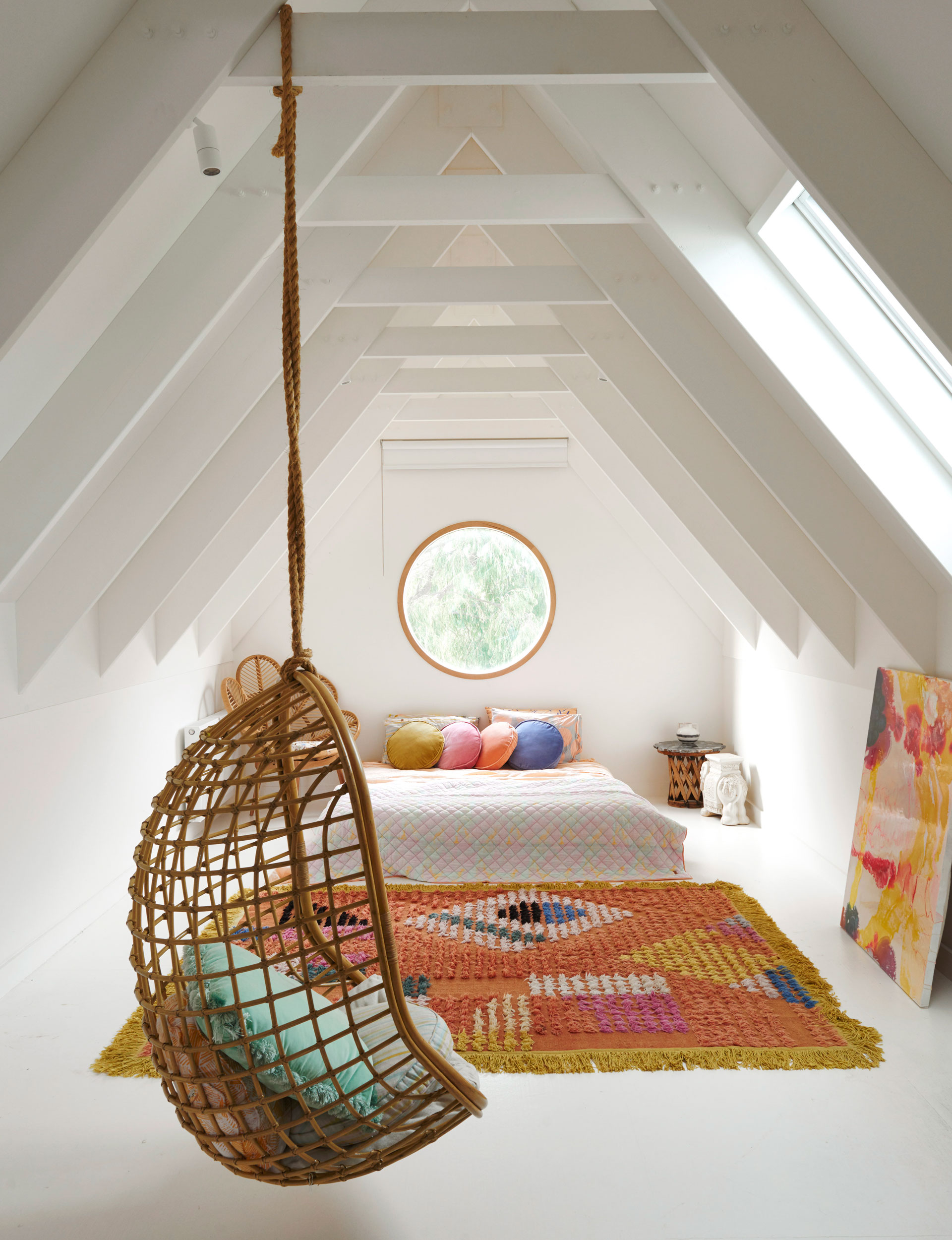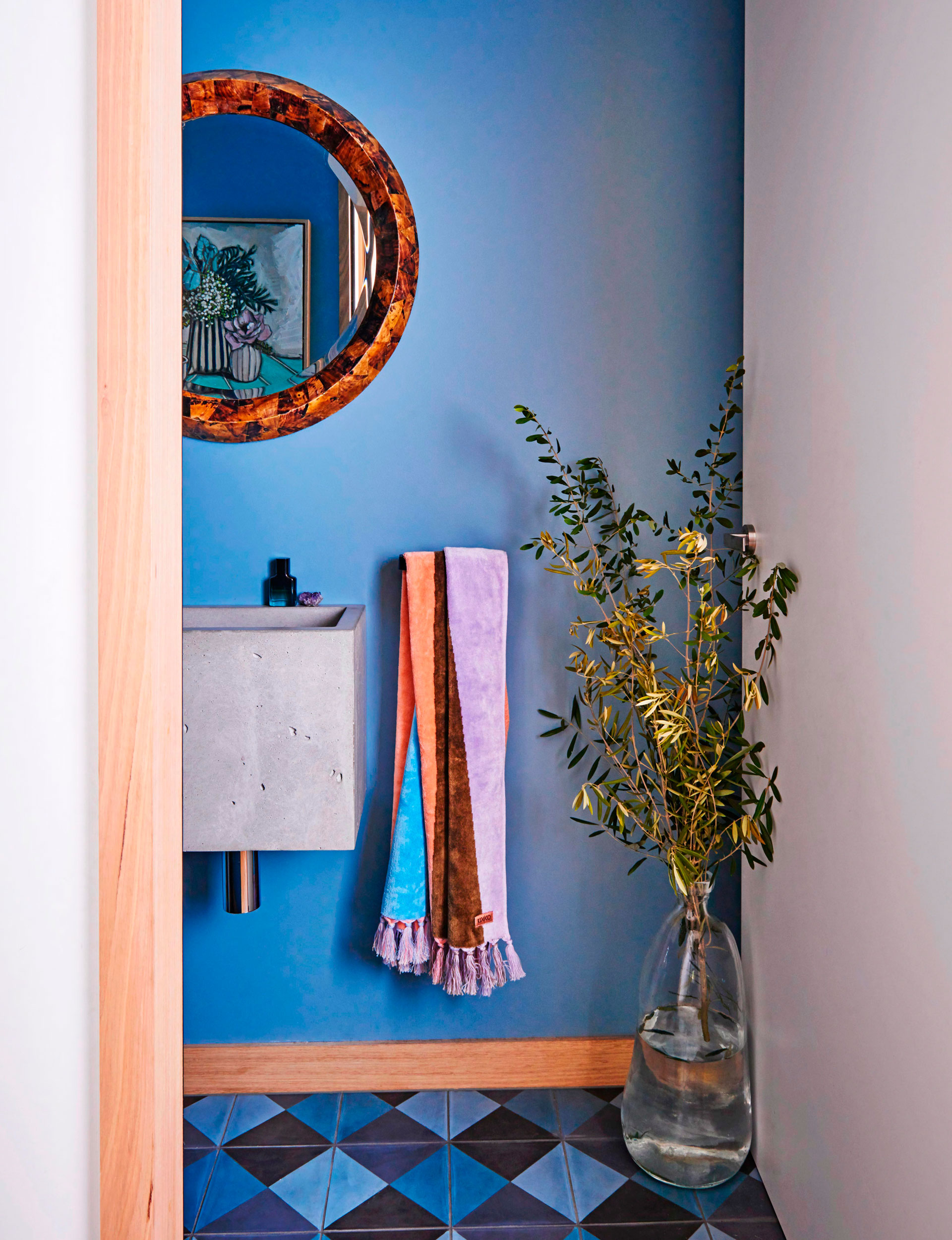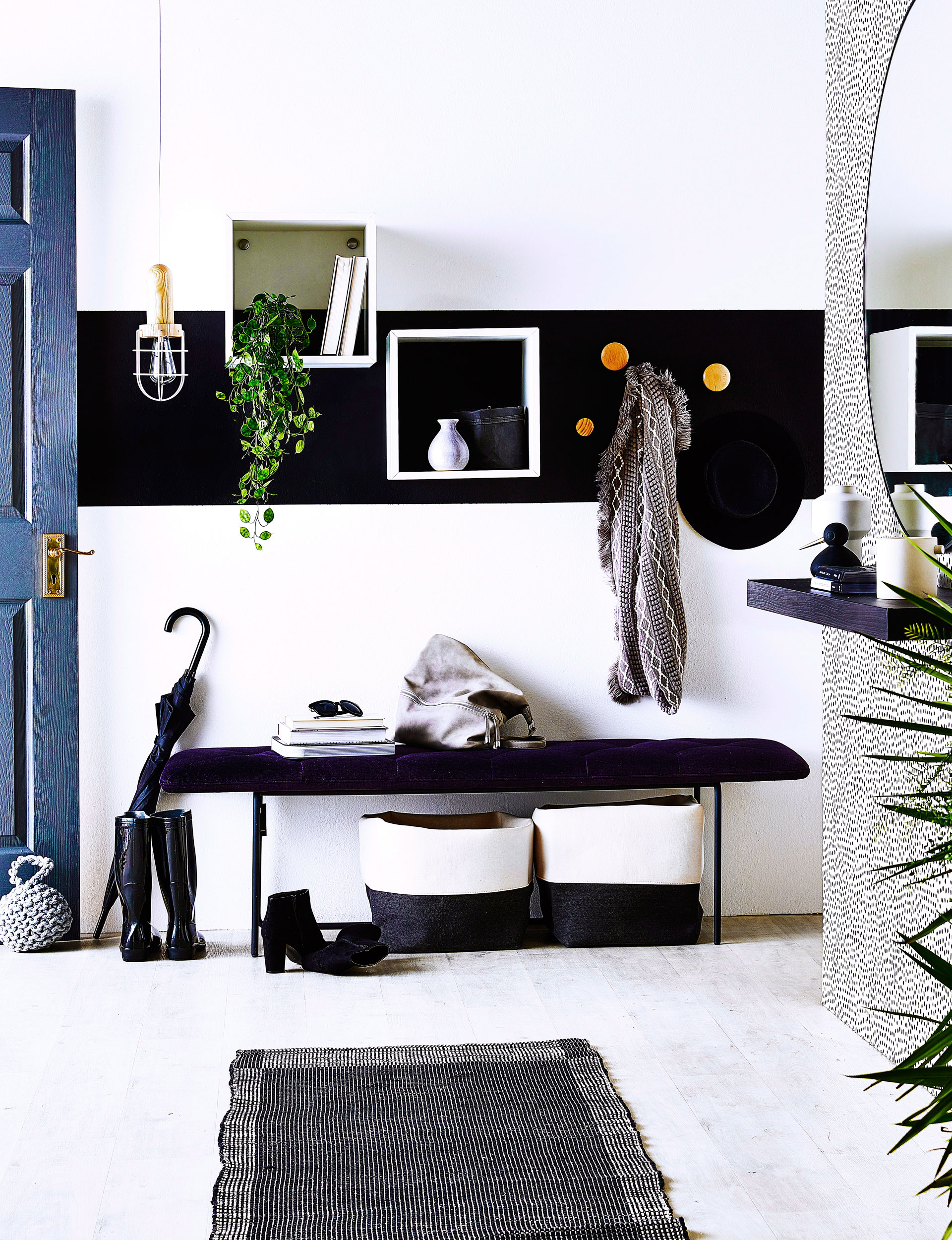These five principles of good interior design are the keys to creating inviting spaces that family and friends will love spending time in
1. Repetition
Repeating elements such as colour, shape or texture can help to unify a space and create a consistent visual experience. Mismatching carpets, different colour schemes or pick ’n’ mix windows all create confusion in a space. I once worked on a cottage that had been renovated multiple times, resulting in a hodge-podge of window-frame styles and heights. There was no budget to fix them all so I had to come up with a cost-effective solution. I simply drew a 1.2-metre-high line around the room and painted the bottom half in a dark colour (including the frames up to that level) and the top half in white. Immediately the eye was drawn to the consistent, repeating bands of colour encircling the room, not the inconsistent landscape of the windows. Paint, tiles, carpet and wallpaper are all really easy ways to create repetition.

2. Balance
The definition of balance is ‘the even distribution of weight leading to steadiness or evenness’. A balanced design does exactly that; it creates equality and symmetry that the eye loves. But as with most of these principles, if applied too rigidly it can become boring. Enhance your balance with other aspects of design to make it a little less formal.

To do this at home, find the focal point of your space, which could be a TV, a fireplace or a large piece of art. Then evenly arrange objects on either side. Make sure these are either identical or of equal visual ‘weight’ (weight depends on size, colour and texture, eg black has more weight than grey). You could also try asymmetrical balance – rather than mirroring items, play around with a slightly off-balance combination of weights, colours and textures. Have a go and see how you get on!

3. Harmony
This principle is used to put a person at ease within their environment and create unity, thereby eliminating any feelings of disquiet. Harmony, in a sense, provides the ‘full stop’ to any interior design – when harmony is in effect, the space should feel complete because all its parts relate to, and complement, each other. This feeling is the result of balance, scale, proportion and repetition all being used in the right amounts. Harmony is the measure by which we judge whether a space works or not.

4. Scale
Scale refers to the relationship between two or more objects. Scale is key in architecture and interior design as these disciplines work with several standardised measurements such as bench heights, hallway widths and chair sizes. Offsetting these standard-sized elements with other elements in differing sizes and heights can create some really fun visual interest in a space. When applying this principle to everyday design, I particularly enjoy playing with the size and scale of artworks, plants and negative spaces. These areas offer a fairly simple way to give the eye something interesting to focus on.

5. Proportion
Proportion usually goes hand in hand with scale, but is subtly different. Where scale describes the comparison of objects to one another, proportion is more about the way furniture and objects look in a space, as well as in relation to one another. Getting proportion right is tricky and is quite often chalked up to someone having an ‘eye for design’ that results in a feeling of comfort and harmony. Try using proportion in your home to create a visual hierarchy that emphasises some features while disguising others.
EXPERT PROJECTS

Create the home of your dreams with Shop Your Home and Garden
SHOP NOW











